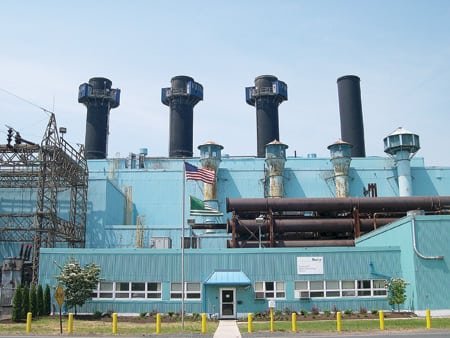Sustainable Aviation Fuel (SAF) and the Future
of Low-Carbon Air Travel
Introduction
Aviation plays a crucial role in global connectivity, but it also contributes significantly to greenhouse gas emissions. With growing concerns over climate change, the airline industry is actively exploring sustainable alternatives to fossil-based jet fuels. One promising solution is Sustainable Aviation Fuel (SAF), particularly SAF derived from landfill biogas. This innovative fuel source offers a viable pathway to decarbonizing air travel, reducing emissions, and aligning the industry with global sustainability goals.
How SAF from Landfill Biogas Works
Capturing Landfill Biogas
Landfills generate biogas as organic waste decomposes. This biogas primarily consists of methane (CH4) and carbon dioxide (CO2). Methane, a potent greenhouse gas, is captured from landfill sites to prevent its release into the atmosphere.
Conversion into SAF
Gas Purification: The collected biogas is purified to remove contaminants such as hydrogen sulfide and water vapor.
Methane Reforming & Fischer-Tropsch Synthesis: The purified methane undergoes reforming to produce syngas (a mix of hydrogen and carbon monoxide). This syngas is then processed through Fischer-Tropsch synthesis to create liquid hydrocarbons.
Refining into Jet Fuel: The resulting hydrocarbons are refined to meet aviation fuel standards, producing a high-quality SAF suitable for commercial and military aircraft.
Carbon Lifecycle Reductions
Unlike conventional jet fuel, which releases carbon that has been locked in fossil reserves for millions of years, SAF derived from landfill biogas utilizes carbon that is already part of the natural cycle. Key benefits include:
Lower Carbon Footprint: SAF from landfill biogas can reduce lifecycle carbon emissions by up to 80% compared to traditional jet fuels.
Methane Mitigation: Capturing methane from landfills prevents its release into the atmosphere, reducing its impact as a greenhouse gas.
Sustainable Resource Utilization: Waste that would otherwise contribute to pollution is repurposed into a valuable fuel source.
Airline Adoption and Industry Commitment
Many leading airlines and aviation organizations are investing in SAF as part of their sustainability initiatives. Airlines such as United, Delta, and British Airways have begun incorporating SAF into their fuel mix, with long-term commitments to scaling up its usage.
Blending with Conventional Jet Fuel: SAF can be blended with existing jet fuel in ratios of up to 50%, requiring no modifications to aircraft or fueling infrastructure.
Corporate and Government Partnerships: Airlines are forming alliances with energy companies and governments to accelerate SAF production and deployment.
Global Policy Shifts Supporting SAF
Governments and international aviation bodies are enacting policies to promote SAF adoption, including:
Carbon Reduction Mandates: The International Civil Aviation Organization (ICAO) and the European Union have introduced emissions reduction targets that encourage SAF usage.
Incentives and Subsidies: Countries like the U.S., Japan, and the U.K. are offering financial incentives to boost SAF production.
Net-Zero Goals: Many nations have set net-zero aviation targets for 2050, making SAF a cornerstone of future air travel sustainability.
Conclusion
Sustainable Aviation Fuel from landfill biogas presents a transformative opportunity to decarbonize air travel while mitigating methane emissions. As airline adoption increases and supportive policies expand, SAF will play a crucial role in shaping a cleaner and more sustainable aviation industry. By investing in SAF infrastructure and innovation, we can move closer to a future of low-carbon air travel.



